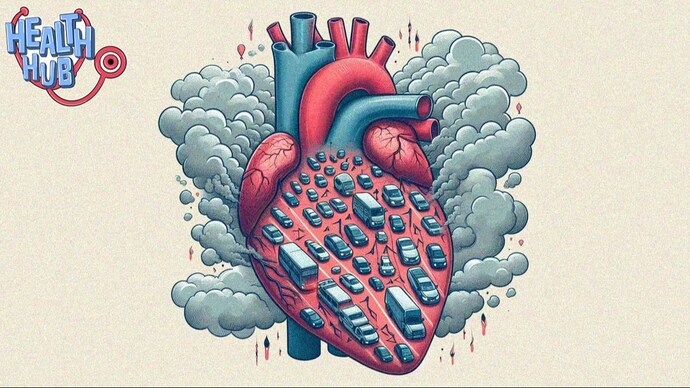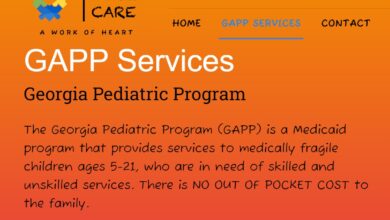Heart Health & Pollution

Where we live and how we live has both a direct and indirect relationship to our health. In particular, pollution in different forms has an effect on three primary areas of heart health through how we breathe, what we eat, and how we handle stress.
What We Eat
Pollution affects both drinking water and food sources. Both of those elements with regular consumption affect the body’s health. Since the heart relies on nutrients for energy as well as the cellular materials it needs for daily repair, pollution is a direct threat. More than a few chronic disease conditions have developed in modern times thanks to regular exposure to pollution within food channels. Probably the most notorious, for example, is the presence of mercury in seafood. Mercury pollution doesn’t arrive in the seafood chain by accident; fish eat smaller fish and sea creatures that have consumed polluted material pumped into the water. Microplastics are another similar example. As plastic trash breaks down in the ocean, it gets ingested by animals and eventually arrives in the human food supply via seafood.
What We Breathe
More directly, what we breathe has a direct impact on our cardiovascular system which the heart operates. Pollution particles in the air introduced via vehicle emissions, manufacturing exhausts, burned chemicals, fire pollution, methane release and more all contribute to contaminants in the air people breathe every day. That can trigger chronic problems with asthma, allergies, breathing difficulties and ultimately long-term heart disease too. Dr. Ian Weisberg notes with an inability to take in oxygen, the heart suffers as well as the rest of the body.
Stress-Related Impacts
Finally, noise and visual pollution create chronic stress, in addition to that already provided through the workplace and modern life. Via combination, they increase the constant release of cortisol hormone in the exposed person, which turns into chronic stress and related symptoms of high blood pressure, irregular sleep, anxiety and more. All of these symptoms are bad for the heart in the long-term. Left unaddressed for years, the combination can eventually put a person at risk for heart attacks and stroke.
Responding to Pollution Risk
Ideally, the best thing a person can do to reduce their heart risk from pollution is to remove themselves from further exposure. However, that’s not always easily done. So, in those instances where a person has to continue exposure, reducing the intake amount is the next best strategy. That can mean wearing a mask in areas with air contamination, drinking purified bottled water versus tap water and using a water filter at home, as well as finding ways and tools to block out stress-inducing environmental pollution such as noise and visual contaminants. A good amount of accessories is available for both home and the workplace to reduce harmful interaction. However, despite all the above, Ian Weisberg advises that when one can remove themselves from pollution exposure entirely, it’s always the better path overall for heart health and more.



